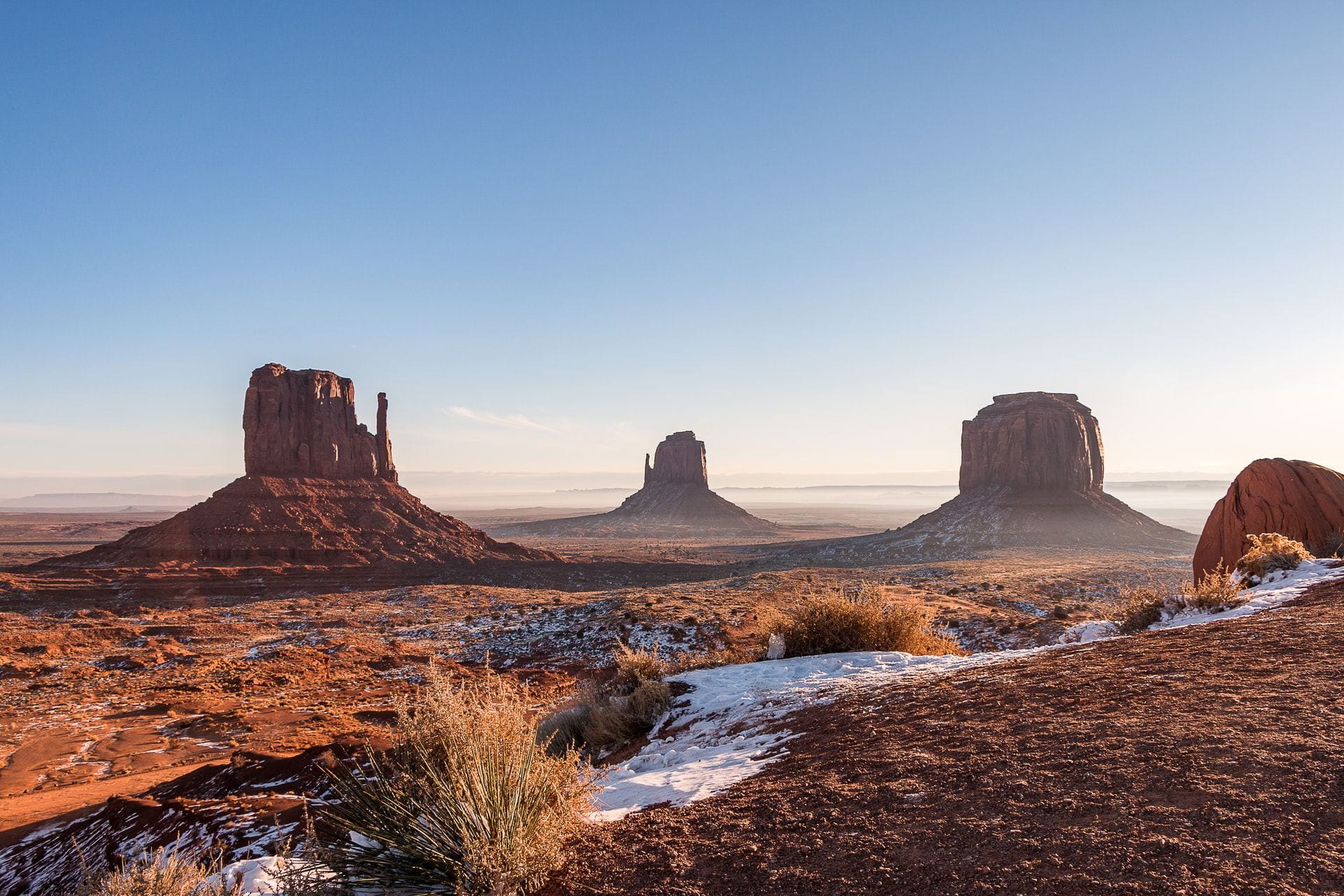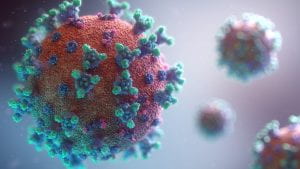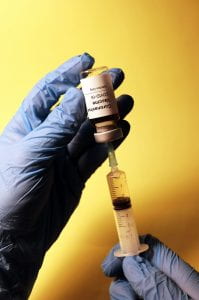In the landscape of global health, vaccine diplomacy has emerged as a compelling strategy, melding healthcare initiatives with international relations. This approach is pivotal in the ongoing battle against infectious diseases, most recently the COVID-19 pandemic. Vaccine diplomacy involves countries utilizing their surplus vaccine supplies to forge diplomatic ties, enhance global influence, and foster goodwill. This is often done in partnership with private pharmaceutical entities and public health organizations. However, while aiming to address the urgent need for equitable vaccine access worldwide, vaccine diplomacy raises critical questions concerning human rights and health equity on a global scale.
Evolution of Vaccine Diplomacy
The vaccine diplomacy has existed long before the COVID-19 pandemic, but we noted its increased influence during this unique time. Nations like the United States, Canada, and the United Kingdom, possessing robust vaccine manufacturing capabilities, sought to leverage their surplus doses as a means of geopolitical influence. For example, the United States promised to donate over 1.1 billion vaccines by 2023. This approach gained momentum as vaccine shortages persisted across continents, exacerbating health inequities, especially among women and children, and prompting a response beyond national borders.

Examples of Vaccine Diplomacy
Vaccine diplomacy has manifested in diverse forms. China and Russia have actively supplied their respective COVID-19 vaccines, including Sinovac, Sinopharm, and Sputnik V, to various nations as part of aid packages or through bilateral agreements. India, known for its significant vaccine production capacity, contributed doses through the COVAX initiative and direct donations to neighboring countries and beyond. These mobilization efforts are valuable to the development and growth of vaccine diplomacy through the lens of aid. This improves the well-being of marginalized groups and pushes national interests abroad.

Human Rights and Vaccine Diplomacy
At its core, vaccine diplomacy intersects with human rights, particularly the right to health. Access to vaccines is considered a fundamental human right, and ensuring equitable distribution is paramount to providing equal protection against COVID-19. Yet, the disparities in vaccine access have sparked concerns about the violation of this right for marginalized and vulnerable populations globally. Several countries have taken commendable steps to uplift vaccine diplomacy and do their part to make interventions more accessible. The United States pledged substantial donations of vaccine doses through COVAX and direct allocations to nations facing acute shortages, aiming to bolster global vaccine access. Countries like Sweden and Norway have also committed funds to support COVAX’s efforts in distributing vaccines to low-income nations.
To enhance the accessibility and efficacy of vaccine diplomacy, countries must prioritize transparent vaccine-sharing mechanisms, equitable distribution plans, and fair allocation strategies. Greater collaboration among nations, regulatory transparency, and a resolute commitment to multilateralism are essential elements for ensuring broader vaccine access. This can be done through working alongside pharmaceutical companies, local organizations, and many other avenues.
How to Get Involved
Individual engagement plays a pivotal role in advancing the cause of equitable vaccine distribution. Advocating for fair vaccine distribution, supporting initiatives that promote vaccine access in underserved communities, and raising awareness about the critical importance of global health equity are impactful ways for individuals to contribute. Engaging with policymakers, supporting organizations dedicated to vaccine distribution, and staying informed about global health issues are pivotal steps toward effecting change.
Vaccine diplomacy stands at the nexus of opportunity and challenge in addressing the global vaccine disparity. While it serves as a conduit for international cooperation, its success hinges upon ensuring vaccines reach those most in need, aligning with the fundamental principles of human rights and health equity.




